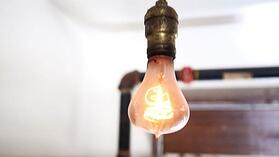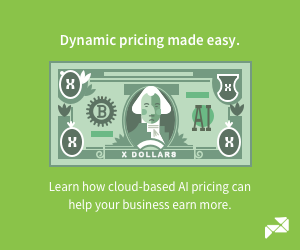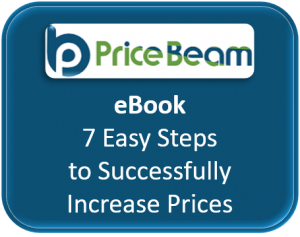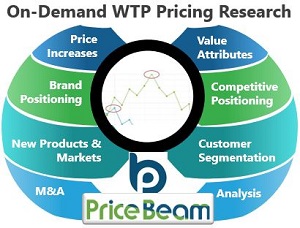How to Value-Price Durability | Strategic Pricing Solutions
Recently I had a conversation with a friend (let’s call her Helen) who wanted to buy a new iPhone, however she was frustrated that the iPhone 8 offers little in enhancements from her current iPhone 6. She was contemplating ordering an iPhone X. When I asked why Helen needed a new phone at all, she said her current battery would not hold a charge. When I said she could simply replace the battery, she responded, “I just want a new phone.” Although her current model has all the functionality she wants or needs, Helen is willing to pay something between $700 and $1,000 to upgrade. Our conversation got me thinking about the age-old problem of value pricing something that is very durable.
Three years ago, I read an article about a GE lightbulb that had burned continuously for 100 years. I don’t know how many similar bulbs are still operational, but the buyers of them certainly received substantially more in value than they paid. However, that does not mean GE had a poor pricing strategy.
A product that never needs to be replaced, or will last a very long time, potentially has a very high value to customers. It should be a straight-forward process to calculate the present value (discounted future cash expenditures) of alternative products that will need to be replaced in X years, plus the present value of the cost of shopping for and physically replacing those alternative products. The sum of those costs should be the theoretical value of the infinitely durable product. Unfortunately, in the case of customers like Helen, setting a price equal to that present value will not work.
Read complete article here:

















